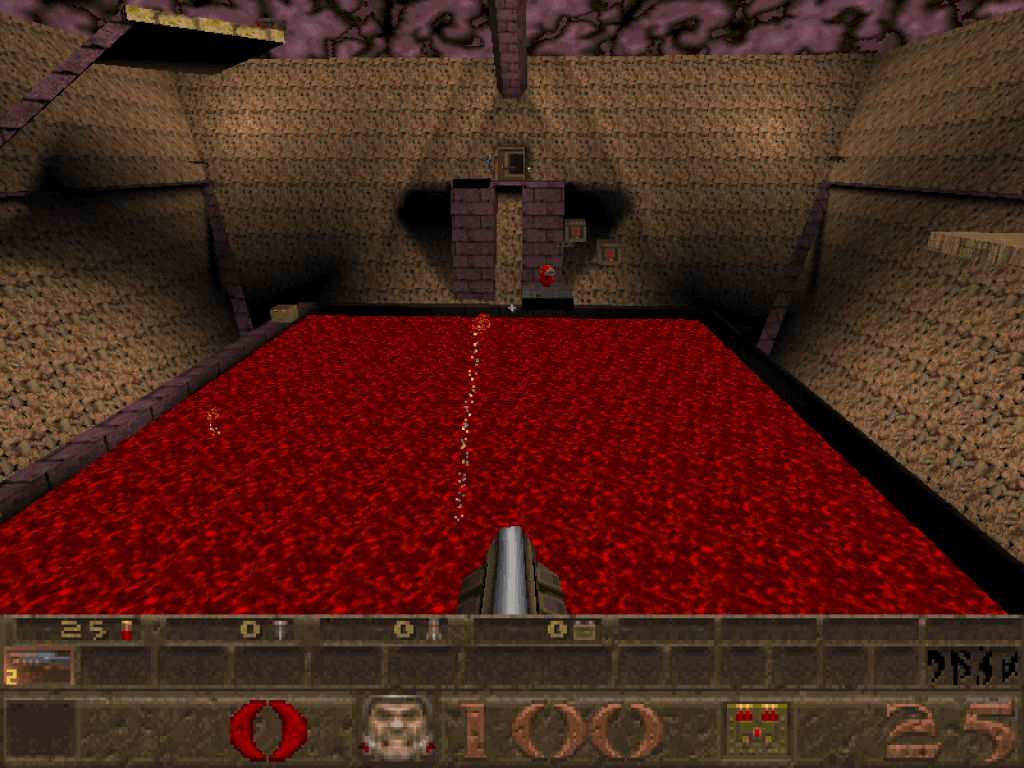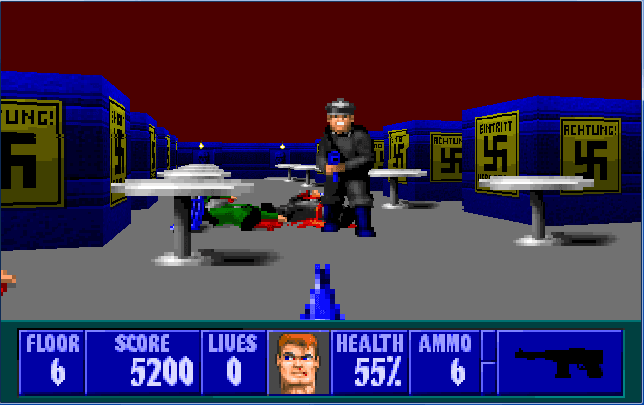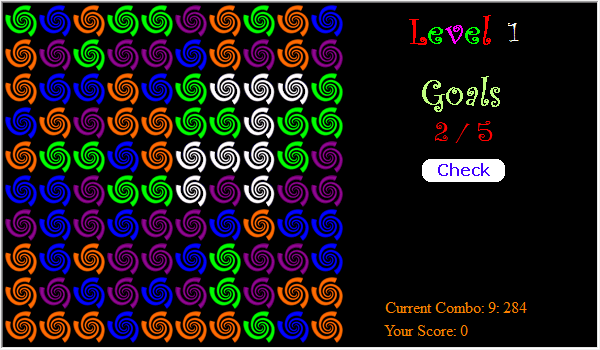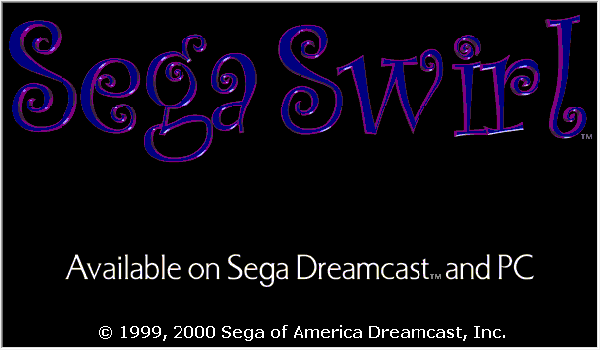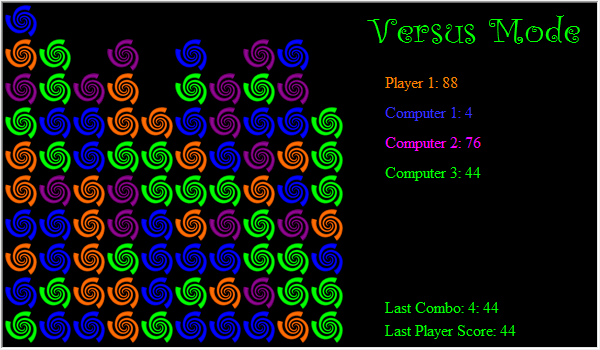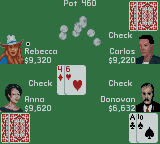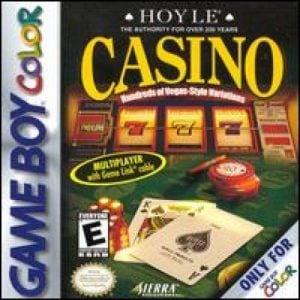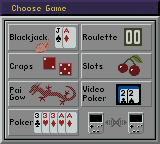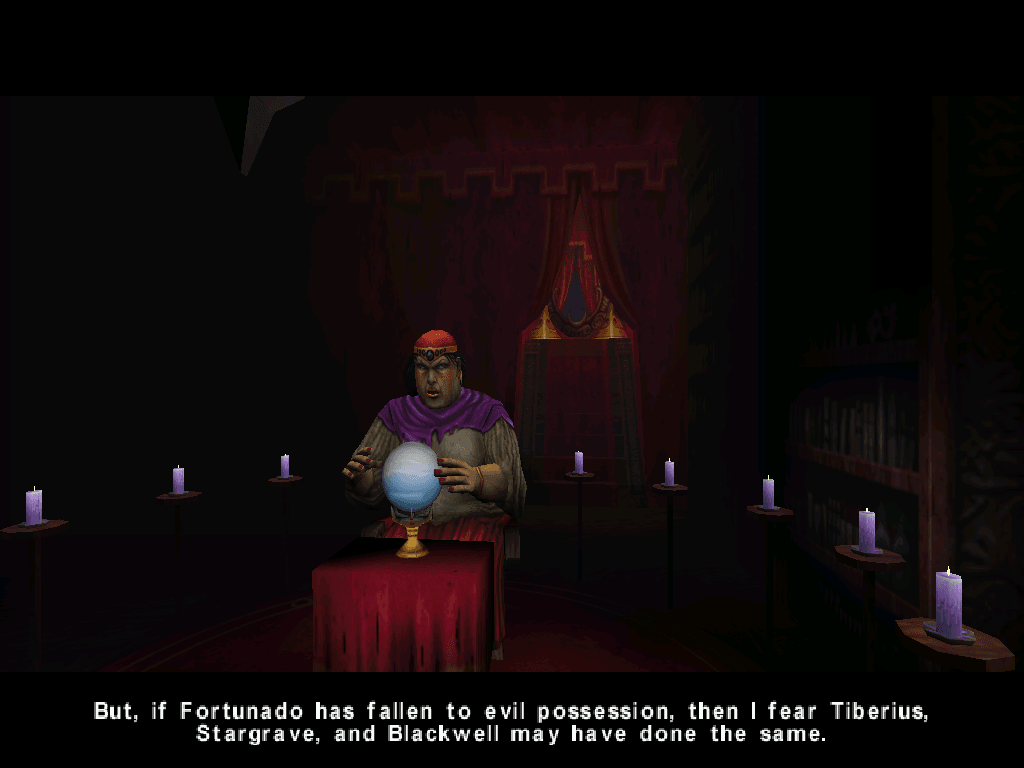For a while, I wasn’t going to upgrade to Windows 10. But then a friend convinced me of a few cool features, and I decided to finally take the plunge since it’s free as of this writing. Since my current PC was on Windows 7, I missed out on all the cool apps that came out during the Windows 8 era. After perusing the store, I found a few interesting games. Boy, I wasn’t expecting this…

Modern Combat 5: Blackout is probably the most generic title for a game ever. This is the product of Gameloft, a French-based development studio known famously for their mobile phone and handheld games. Naturally, this is a “port” from iOS/Android devices, supporting cumbersome touch screen controls.
While I haven’t played the previous entries in the Modern Combat franchise, I am familiar with it. One of the games, Modern Combat: Domination, made it to consoles and I remember Giant Bomb covering it once. At the time, it looked like a mish-mash of Call of Duty 4 with a pinch of Counter-Strike‘s elements. By default, I go into any new game I play with mild skepticism and low expectations just so I don’t hype myself up for disappointment, so I wasn’t expecting much here.

You play as Phoenix, a mercenary for works for some corporation. With the help of a bald marine named Bull, you two storm through San Marco, escaping from evil terrorists, and eventually escaping a helicopter in a boat chase sequence. Pretty exciting for the beginning of a Call of Duty clone.

Afterwards, Phoenix wakes up in Japan, taken over by raiders during some terrorist attack or something. I’ll admit, I barely remember the story of this game, and that’s coming from a guy who played through Battlefield 3 and 4, which had really unremarkable generic campaigns. But from what I gleaned from a wiki for the series, it’s basically double-crossing between various factions, and a surprise plot twist that the CEO of the Gilman corporation is also a mercenary soldier who caused the double-crossing. Hardly oscar-caliber story writing, but I got what I paid for. (Nothing.)
Something I noticed while playing was that a lot of the voice actors for this game are familiar to me. They’ve voiced characters in the Pokemon anime, mostly as minor characters. However, there is one voice I was surprised to hear: Jason Griffith, once the voice of a certain blue hedgehog, voices a minor character in this game. How the mighty have fallen, I guess.

Modern Combat 5 has a leveling system and unlockables. There’s a create-a-class option, weapons can be upgraded by using them in the game to unlock attachments and better weapons, and each class has special skills that are upgraded using SP. SP is gained between some missions, leveling up, and between events Gameloft put up. One thing I liked is how the rankings persist between both single player and multiplayer, which I wish more games did.
There are seven tiers of each weapon. While all the weapons are based of real guns, somebody at Gameloft thought that Tier 7 should be future-looking versions of old guns. The SMGs get a futuristic Thompson called the “Bromson,” Sniper rifles get a modernized Lee-Enfield called the “BSW 77,” and the pistol gets a future space Luger called the “Mrager.” I am not making this up. This is so ridiculous that I had to get screenshots of them:
Multiplayer is typical military FPS in a post-Call of Duty 4 world: You have perks, you have a powerup you can use, there’s killstreaks like recon drones and EMP strikes, and you get XP for kills. There’s the common FPS gamemodes: Free-for-All, Team Deathmatch, Capture the Flag, and an unusual TDM variant called VIP where the VIP is always visible on the minimap and killing them rewards more points than killing other players. Fun, but a VIP kill is 5 points and the scorelimit is 50, making the matches go by faster than expected.













